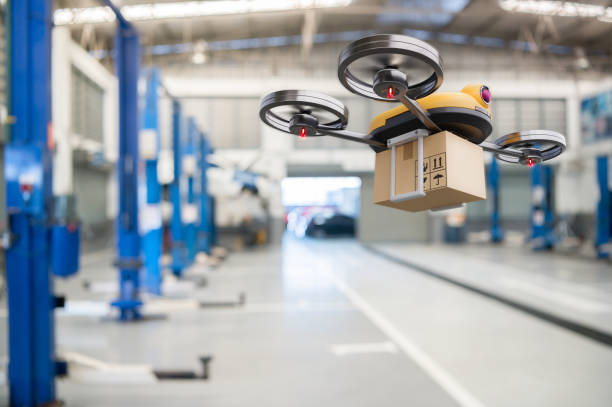Q1. Could you start by giving us a brief overview of your professional background, particularly focusing on your expertise in the industry?
I’ve spent the past 3 years building backend systems in the e-commerce space, focusing on seller-side features like product, order, and promo management. My expertise is in scalable Java services, cloud security (e.g., Google Cloud KMS), and performance optimization for high-trafic platforms.
Q2. Are there any emerging technologies or market needs that could significantly impact the serverless computing landscape?
AI integration and edge computing are redefining serverless. We’re seeing demand for faster cold starts, better observability, and tools that improve developer productivity and operational simplicity.
Q3. From a technical perspective, what are the key factors that influence the choice of an AI integration strategy in backend systems?
Latency, model lifecycle, cost, compliance, and team capabilities are crucial.
Choosing between real-time vs. batch, edge vs. cloud depends on the use case and resource constraints.
Q4. What future trends are anticipated in the evolution of API technologies, and how might GraphQL play a role?
GraphQL is enabling more flexible, federated APIs—especially for frontend-heavy or headless architectures.
Expect growth in API observability, schema governance, and edge-native execution.
Q5. Considering the rapid evolution of cloud technologies, what strategic risks and opportunities should companies be aware of in the context of microservices and container orchestration?
Risks
- Operational complexity
- Vendor lock-in
- Security
Opportunities
- Independent scaling
- Faster deployments
- Global service distribution through container orchestration and service mesh
Q6. What are the potential risks and technical limitations associated with WebAssembly (Wasm) that could impact its future adoption in backend development?
Wasm is promising, but tooling is immature, and I/O access is limited. It’s not yet ideal for general-purpose backends but is strong for sandboxed plugin systems and edge use cases.
Q7. If you were an investor looking at companies within the space, what critical question would you pose to their senior management?
How does your architecture balance the speed of innovation with long-term sustainability?
This reveals whether the team can scale fast without building up costly technical debt.
Create an account to read the full article
Create Account
Already have an account? Sign in

